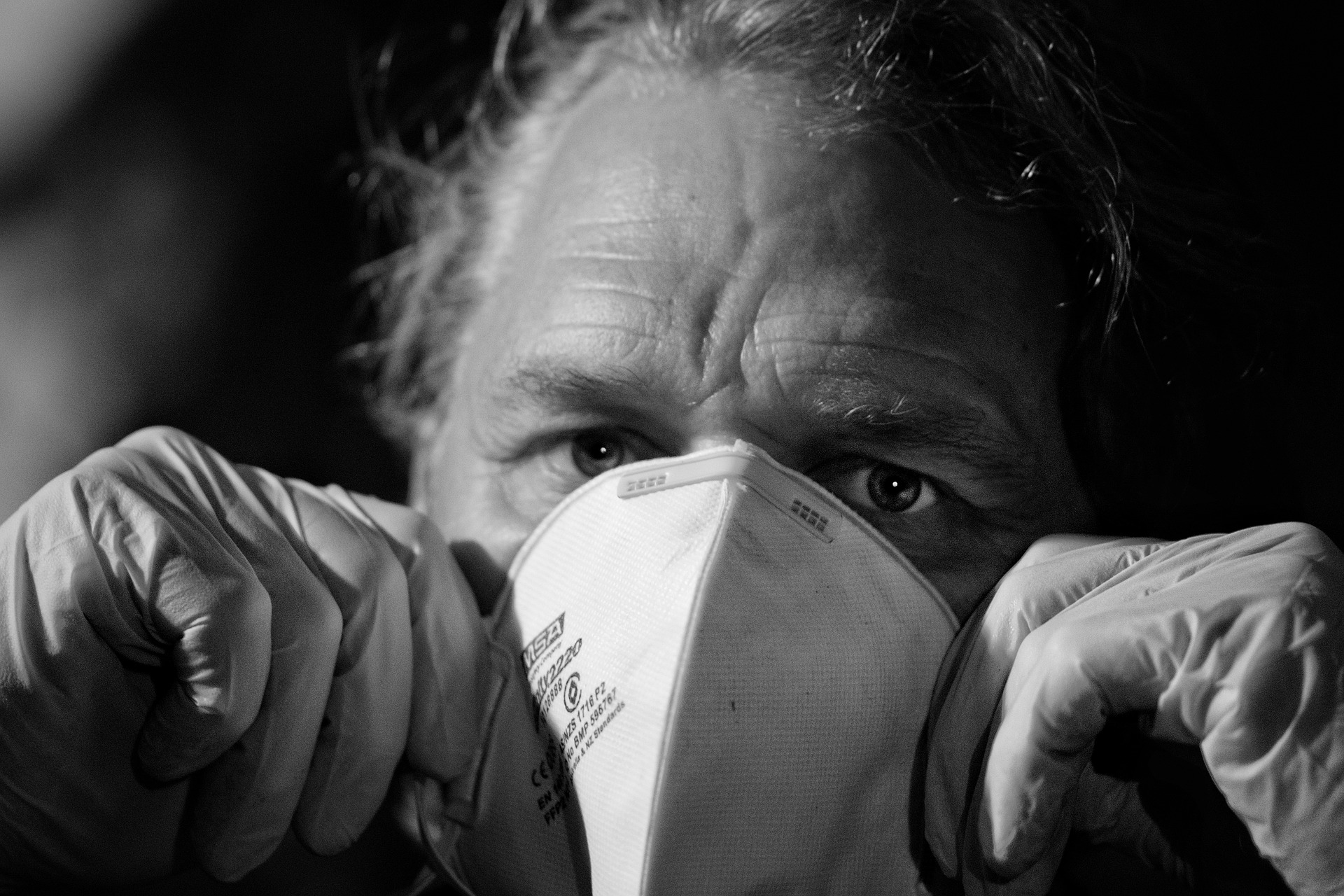
In the days before the COVID-19 pandemic, the United States’ nonprofit sector was the third-largest industry in the country, providing more than 12.5 million jobs across a diverse range of sectors.
Between March 2020 and May 2020 — more than 1.6 million of those positions were wiped out, reducing the nonprofit workforce by more than 13% over the course of just 12 weeks.
As of June 2021, more than 790,000 of those positions remain lost.
Data from the last 16 months of the pandemic shows a volatile timeline of job recovery marked by major growth discrepancies between individual industries within the nonprofit sector. While recent estimates suggest that the industry could see a full recovery by September 2022, there’s growing concern that the rise of Delta and other COVID-19 variants could reverse the prior gains made.
A timeline of loss and recovery
Throughout the summer of 2020, the nonprofit sector began to recover from its spring losses, regaining just over 40% of the 1.6 million positions lost at the beginning of the pandemic. As summer turned to fall and fall turned to winter, COVID-19 rates escalated and recovery rates dropped— growing by a mere 4.2% between September 2020 and February 2021.
As lockdowns ended and vaccinations became widely available in the spring and early summer of 2021, job gains began to more steadily increase. The period between March 2021 and June 2021 saw the addition of more than 220,000 nonprofit jobs — and the industry as a whole had recovered more than 58% of the initial 1.6 million jobs by July 2021.
While the summer recovery rates have given experts some reason for optimism, the hope for consistent improvement is blunted in part by the realities of stalled vaccination rates and the rise of the highly contagious Delta variant.
“Following a particularly strong March and weak April, May’s return to a more rapid recovery rate is a hopeful sign,” says a June 2021 report by the Johns Hopkins Center for Civil Society Studies. “At the same time, the slowing of vaccinations well below the “herd immunity” target level, and the stubborn emergence of new, more troublesome variants, make clear that continued vigilance will still be needed.”
Inconsistent growth by industry
Major growth discrepancies have emerged among the nonprofit’s various sectors, with some industries trailing behind others when it comes to job recovery.
The nonprofit sector is divided into 6 industries:
- Arts, entertainment, recreation
- Education
- Social assistance
- Health care
- Religious, grantmaking
- Other fields (construction, manufacturing, retail trade, etc.)
The health care sector absorbed the majority of early-pandemic job losses, accounting for more than 31% of jobs lost between March and August of 2020. Educational services, meanwhile, made up more than 21% of jobs lost, while the social services industry accounted for about 18%.
In October 2020, all industries (except education, which lost an additional 15,252 jobs between October and September 2020) — saw modest gains. As COVID-19 cases exploded in December 2020, nonprofits saw an additional loss of nearly 51,000 jobs — 90% of which were in education.
As of June 2021, all nonprofit industries other than healthcare have recorded job gains, although actual recovery rates still vary by industry.
The educational field saw the strongest recovery in the spring and summer, regaining 17% of lost positions in May and June of 2021. Meanwhile, religious, grantmaking, civic, and professional organizations saw just 8.4% growth in that same period of time, while social assistance programs recovered by 7%.
The health care sector, however, appears to be in increasingly bad shape when it comes to job recovery: job growth was in the negatives as of June 2021, down 1% from the initial gains made back in May 2020.
How will the Delta variant affect nonprofit recovery?
There are more questions than answers when it comes to predicting how long it will take the nonprofit industry to fully recover.
Minneapolis Federal Reserve President, Neel Kashkari, has expressed concern that the Delta variant, which accounted for 83% of all COVID-19 cases as of July 2021, could throw a wrench in the country’s economic recovery.
“I was very optimistic the fall would be a strong labor market with many of those Americans coming back to work,” Kashkari said in an interview with CBS News. “If people are nervous about the Delta variant, that could slow some of that labor market recovery and therefore be a drag on our economic recovery.”
Still, researchers with the Center for Civil Society Studies predict that the nonprofit sector is on pace to recover fully in 15.8 months, meaning that the industry would be back to pre-pandemic levels by fall 2022.
Unfortunately, the healthcare field remains an anomaly, and researchers are admittedly unable to predict when it might see a full recovery. “It is unclear why this major field of nonprofit activity has seen losses during this recent period, we have no reliable basis for estimating its future recovery,” a June 2021 report states.
Noting that it took 10 years for the economy to fully recover from the last recession, Kashkari warns that the country has a drawn-out road to recovery ahead.
“7 to 9 million Americans should be working right now if the pandemic had never happened,” Kashkari said. “So that’s a lot of Americans that we need to put back to work. I’m optimistic it can happen quickly, but is it six months, or is it two years? I’m not sure.”
ABOUT THE AUTHOR
Lia Tabackman is a freelance journalist, copywriter, and social media strategist based in Richmond, Virginia. Her writing has appeared in the Washington Post, CBS 6 News, the Los Angeles Times, and Arlington Magazine, among others. She writes weekly nonprofit-specific content for 501c.com.




